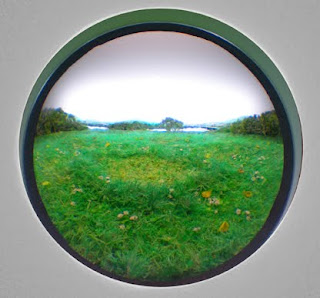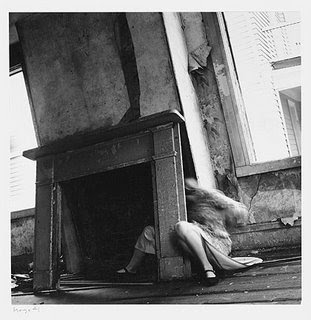Viviane Sassen:
In contemporary art especially, there is this notion that it is possible to create and transform one’s identity, all by one’s choice. Ideas such as cultural and social identities are no longer fixed in today’s society, as many of us have experienced living in different cultures, and are being exposed everyday to different traditions and ideas. Viviane Sassen’s work reveals yet another individual who feels personally tied to a variety of different countries, cultures and worldviews. She is a Dutch citizen who grew up in Kenya, returned to the Netherlands for her studies, and then returned to East Africa to recapture those senses she experienced during her childhood. She is able to express a “duality” or “multiplicity” in her cultural identification because of her personal encounters and experiences that have shaped and defined herself and her work.
I feel that her work can translate well to a lot of students in this generation, especially since a lot of people feel an affinity to other cultures, and/or have grown up in a bicultural/multi-racial household.
Also, I love how her photographs show a whole other side to Africa. I feel that our student population IS very informed, and likes to keep up-to-date about current affairs, but oftentimes, our sources of information show a very limited glimpse into what reality is really like in various countries throughout the world. When most people hear about "Africa" they think about it as one big land-mass, with not much distinction between the countries and generally think about poverty, AIDS, genocide, tribal conflict, etc. It is a very negative perception, and strips the people and their culture of their dignity. Viviane Sassen's work offers a fresh new perspective.
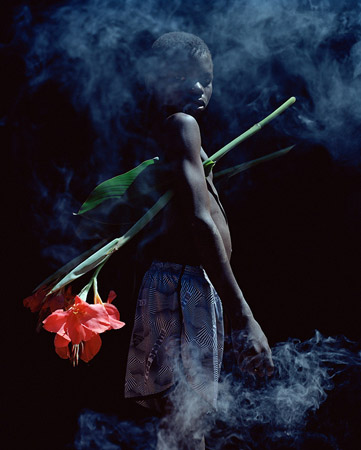 |
| Elvis, from series Ultraviolet (c) Viviane Sassen: $9,500 49.2 x 39.4 inches |
| | | | |
|
|
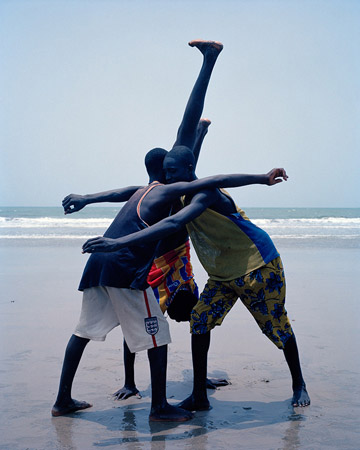 |
| Anansi, from series Ultraviolet (c) Viviane Sassen $3,500 19.7 x 15.75 inches |
DOUG KEYES:
Doug Keyes' series "Collective Memory" is based on the idea that bits of knowledge builds upon each other over time, leaving people with various nodes of "knowledge" that may or may not be connected as they continue to learn and be exposed to knowledge.
This idea that knowledge is interconnected relates well to a university setting. After all, the purpose of a university education is to reveal these connections, to give people depth in their topic of study while rendering their discipline relevant to other disciplines.
With this thought in mind, I definitely feel that several works from this series need to be purchased, in order to aptly illustrate the "interconnectedness" of knowledge.
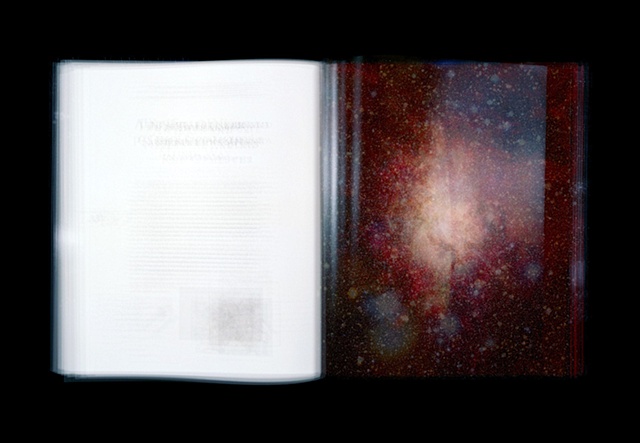 |
The Invisible Universe-David Malin 2001 (c) Doug Keyes: $2,600 |
-Description of The Invisible Universe (Amazon.com)
"
Human beings have always sought meaning in the mysterious dark of the night sky. Stargazers of antiquity recorded the procession of the constellations, naming them for gods and mythological creatures. Modern astronomers continue the search for meaning, probing ever farther into time and space to map the universe and determine its nature and origins. Today's sophisticated telescopes peer far beyond the ancient constellations to a universe more beautiful than our forebears could have imagined. The Invisible Universe takes us into the hearts of these constellations with more than fifty stunning reproductions of David Malin's luminous photographs of distant stars, nebulae, and galaxies.
Using some of the most powerful Earth-based telescopes, astronomer and photographer Malin has spent over twenty years painstakingly capturing the previously undetected colors and forms of gas, dust, and light in the farthest reaches of space. The unusual photographic process that Malin devised requires three different exposures, which may be taken years apart, in order to produce each picture."
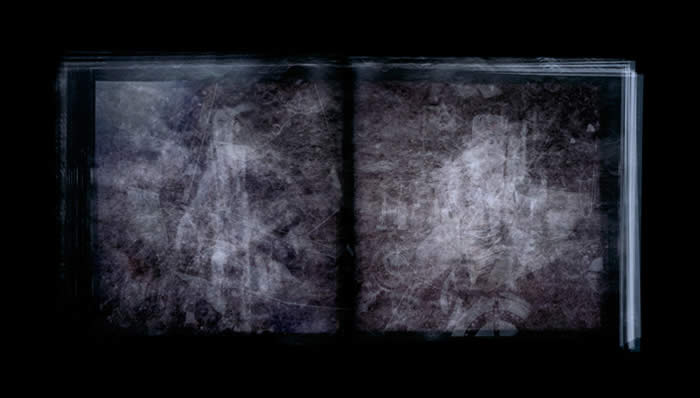 |
Full Moon-Michael Light 1999 (c) Doug Keyes: $1,900 |
|
Description of Full Moon by Michael Light (Amazon.com)
"In
Full Moon, one of the best science photography books ever published, Michael Light presents a voyage in images to the Moon and back. Light took NASA's master negatives of photos taken by
Apollo astronauts and scanned them electronically. The resulting pictures are so vivid they seem more clear than real life. Light orders the photos sequentially, selecting the most arresting images from each mission, to create a truly cinematic experience. In the first section, depicting blastoff, you can almost feel the violent shaking of the rocket as it strains to escape Earth's gravity. Then you
see the quiet stillness of weightlessness, the astronauts' view down at a perfectly silent Earth, boundless oceans contrasting with bright white clouds. A spacewalk adds vertigo--the astronaut looks fragile and very alone as he floats outside his capsule far above his home planet. Then comes the waiting, as the long voyage toward the Moon continues.
As you watch the cratered surface get closer and closer, you have no sense of scale until you see the miniscule silver and gold lander dropping gently to land on the Moon. Leaving the cluttered interior of the capsule in bulky, awkward suits, the astronauts bring delicate tracings of color--gold on the lander; red, white, and blue on the spacesuits' flag patches--to this black-and-white world. Five huge gatefolds in this section give you indescribable views of the intricately scarred surface of the Moon."
 |
| Paradise Garden: A Trip Through Howard Finster's Visionary World (2001) | : $2,100 |
|
Description of "Paradise Garden: A Trip through Howard Finster's Visionary World" (from Worldcat.org):
"Nearly twenty-five years ago, the Reverend Howard Finster began to build his fantastic version of the Garden of Eden in a swampy plot of land northwest of Atlanta, Georgia. His Paradise Garden is a wild, lush landscape of flowers, berries, fruit trees, and animals - intermingled with Finster's extraordinary, outrageous art.To create the garden, he fixed whimsical objects in every nook and cranny, and suspended his
colorful paintings from each available surface, from trees to fences to walls, incorporating such found objects as bottlecaps, glass, discarded tools, rusted machine parts, and even old cars and bicycles in a brilliant collage of texture, light, and color.Sometimes considered "Outsider Art," the 80-year-old Finster's work invites viewers to read, touch, and viscerally experience his artful and spiritual message. Today, this remarkable creation, beloved by tourists and art lovers alike, is threatened by vandals and those who would see it disassembled - but Paradise Garden will continue to flourish in this remarkable and evocative volume.












































